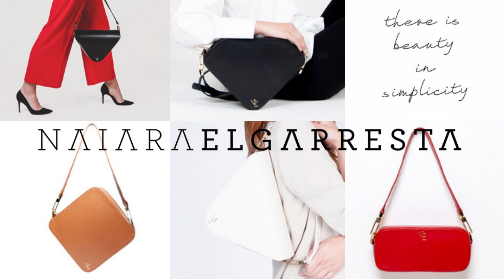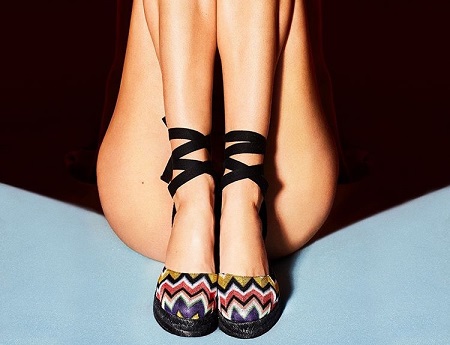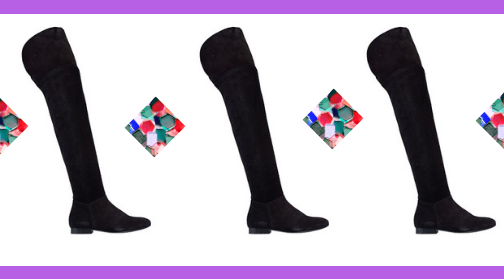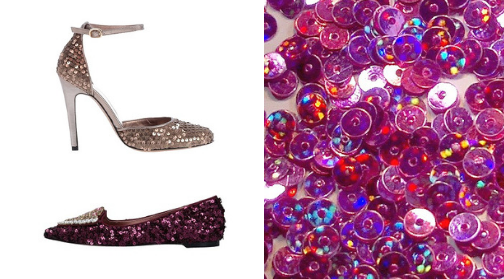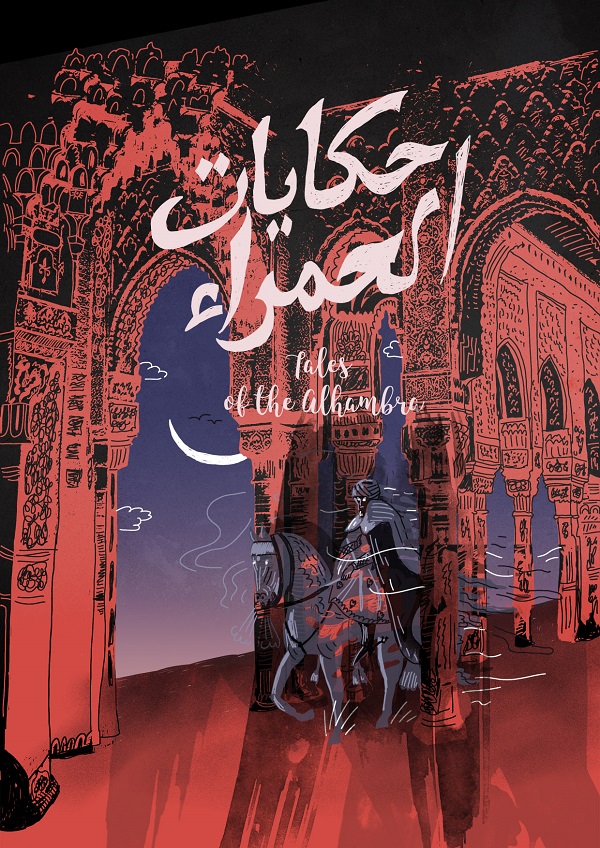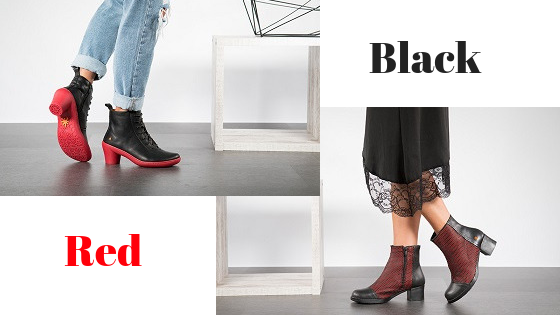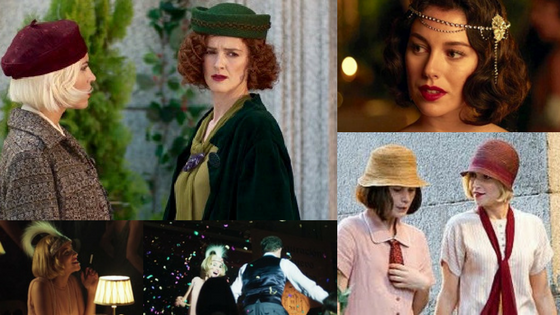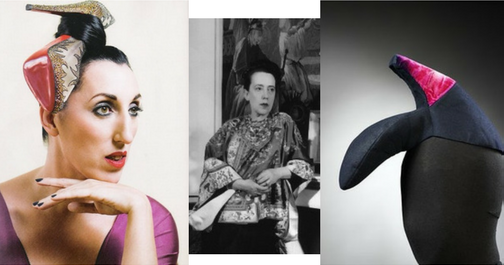The Holy Thursday mantilla is a magnificent and striking tradition in Spain, on display in Seville yesterday, where many women of the city gathered to participate in Easter solemnities.

During Holy Week the cathedral and other churches in Seville and many other cities in Spain are decked out in glorious splendor. Spectators line the streets to watch masked members of male religious fraternities process through the streets carrying richly decorated statues of the Pietà. They are followed by penitents carrying crosses. Many walk in bare feet.

With women it’s different. Women have mantillas – elaborate transparent veils, usually black. The Holy Thursday mantilla is worn with formal black clothing and black heel pumps (no stilettos). The only light parts are supposed to be the pieces of jewelry (old silver or gold). But this is only during Holy Week. On other days you have options:)

Other Uses of the Holy Thursday Mantilla
Mantillas are used by Spanish women, especially those of the upper class, on many important occasions like weddings, coming of age festivities, and other milestone events. Mantilla is a traditional symbol of Spanish identity. Sometimes the mantillas are white, but that depends on the mood. Black mantillas are not necessarily a symbol of mourning.


As you can see, while Jackie O and the “Cayetana” are wearing white mantillas, the lady to Jackie‘s left is wearing a black one. I think that the choice was an aesthetic one.


This photograph of a lovely girl in her mantilla was taken many years ago. On the Facebook profile this picture is set in front of a photo of Maria Victoria today. It’s obvious that she identifies with and is proud of her mantilla. I don’t know whether it is a family heirloom, but the mantilla must have been part of some of the most memorable and precious moments in Maria Victoria‘s life – as a coming of age festivities mantilla, a Holy Thursday mantilla, a wedding guest mantilla etc.
Mantilla in Spanish Fashion
Spanish fashion designers get inspired by the mantilla a lot. How can they not? It has so much mystery to it and it opens a field of possibilities in fine crafts.

There are mantillas made of cheaper transparent materials and there are your high-end mantillas. An aunt of mine from Santo-Domingo has an antique mantilla that was sourced for her in Havana, Cuba. That one is probably made from silk lace. (I haven’t yet got around to ask). She poses in it at her children and grandchildren’s weddings. She does not use the comb – “peineta”. Peineta combs are definitely a vintage look (Victorian ladies used turtle shell peinetas a lot). Many fresh versions are available today.


Flamenco and traditional dress designers (who thrive in places like Seville and also Valencia, because of the Fallas festival) especially relish the creative promise of the mantilla.



